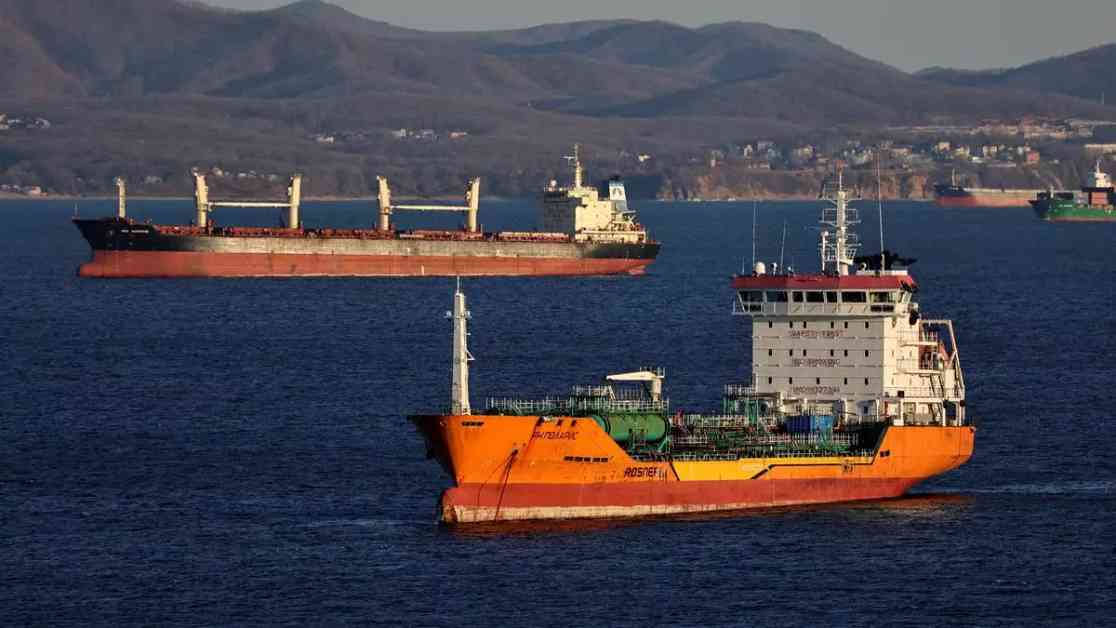India’s Ministry of Ports, Shipping, and Waterways (MoPSW) is on the verge of revolutionizing the country’s oil tanker industry with a groundbreaking plan to manufacture these vessels through Special Purpose Vehicles (SPVs). The proposal is set to bridge the existing gap in the market, where India heavily relies on oil tanker imports to meet its needs. By investing in joint ventures with key players like the Shipping Corporation of India (SCI), oil marketing companies (OMCs), dockyards, and financial institutions, the Ministry aims to reduce dependency on foreign oil tankers, shield Indian oil supplies from global uncertainties, and cut down on hefty ship chartering expenses.
Strategic Investment in Manufacturing
With a debt-equity ratio of 70:30, these SPVs are designed to be financially sustainable, with a strong focus on securing funding from various sources, including financial institutions, international funds, venture capitalists, sovereign wealth funds, and private equity. The Ministry is expected to contribute up to 15% of the project cost to these ventures, ensuring a significant stake in the future of India’s oil tanker manufacturing industry. This strategic move not only promises to save billions in imports but also creates a pathway for self-sufficiency and technological advancement in the shipping sector.
Pioneering the Future of Oil Tanker Manufacturing
The emergence of these SPVs marks a significant milestone in India’s journey towards becoming a self-reliant and competitive player in the global shipping market. The Ministry’s ambitious plan involves the construction of various categories of oil tankers, including Panamaxes, Suezmaxes, ultra-large crude carriers, and very large crude carriers, over the next 5-10 years. With an estimated project cost ranging between ₹25,000–30,000 crores, this initiative is poised to reshape India’s maritime landscape and position the country as a key player in the oil tanker manufacturing sector.
Empowering Dockyards for Growth
In a bid to support the manufacturing of these oil tankers, the Ministry has initiated discussions with dockyards to ramp up their capacities and ensure efficient construction activities. The move is expected to create new opportunities for collaboration and expansion within the shipping industry. While there were initial talks about retrofitting second-hand tankers to expedite the process, the Ministry has dismissed this idea in favor of prioritizing new constructions. For instance, Cochin Shipyard Limited (CSL) has already taken strides towards collaboration with A.P. Moller–Maersk to explore ship repair, maintenance, and shipbuilding possibilities in India, setting the stage for innovative partnerships and technological advancements in the maritime sector.
As the Ministry of Ports, Shipping, and Waterways steers India towards a future of self-sufficiency in oil tanker manufacturing, the nation stands at the cusp of a transformative era in its maritime history. By embracing innovation, strategic investments, and collaborative efforts, India is poised to emerge as a formidable player in the global shipping industry, setting new benchmarks for excellence and sustainability in the field. The journey towards manufacturing oil tankers through SPVs is not just about meeting current demands but also about shaping a brighter, more resilient future for India’s maritime sector.























